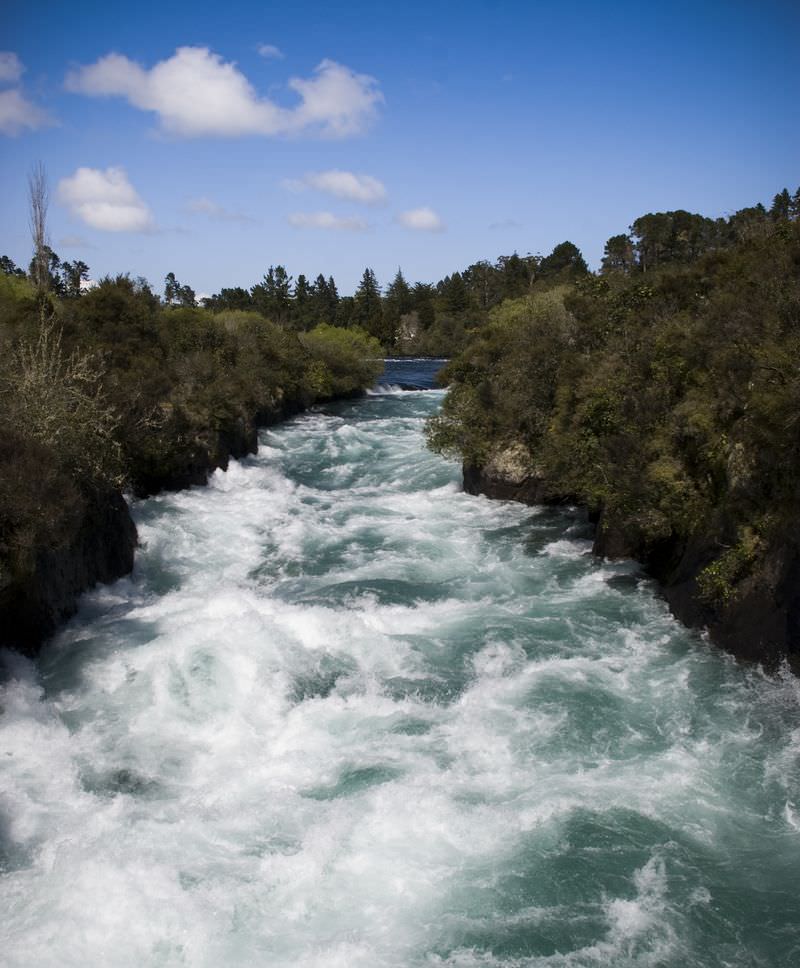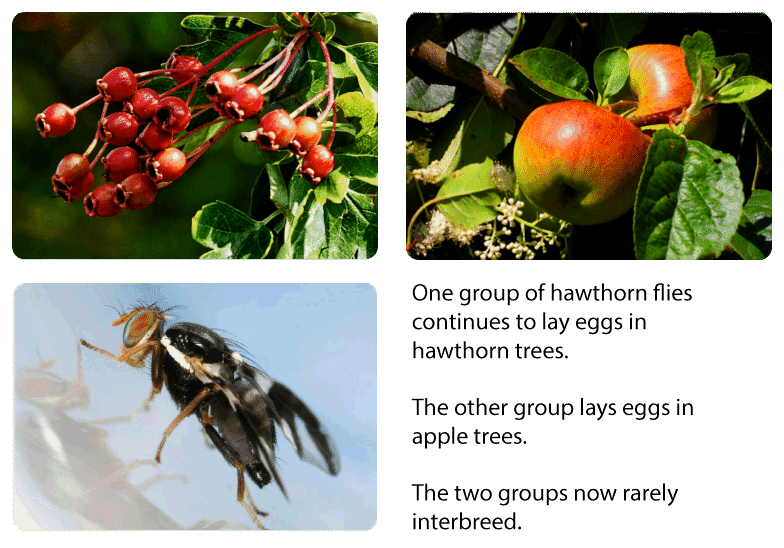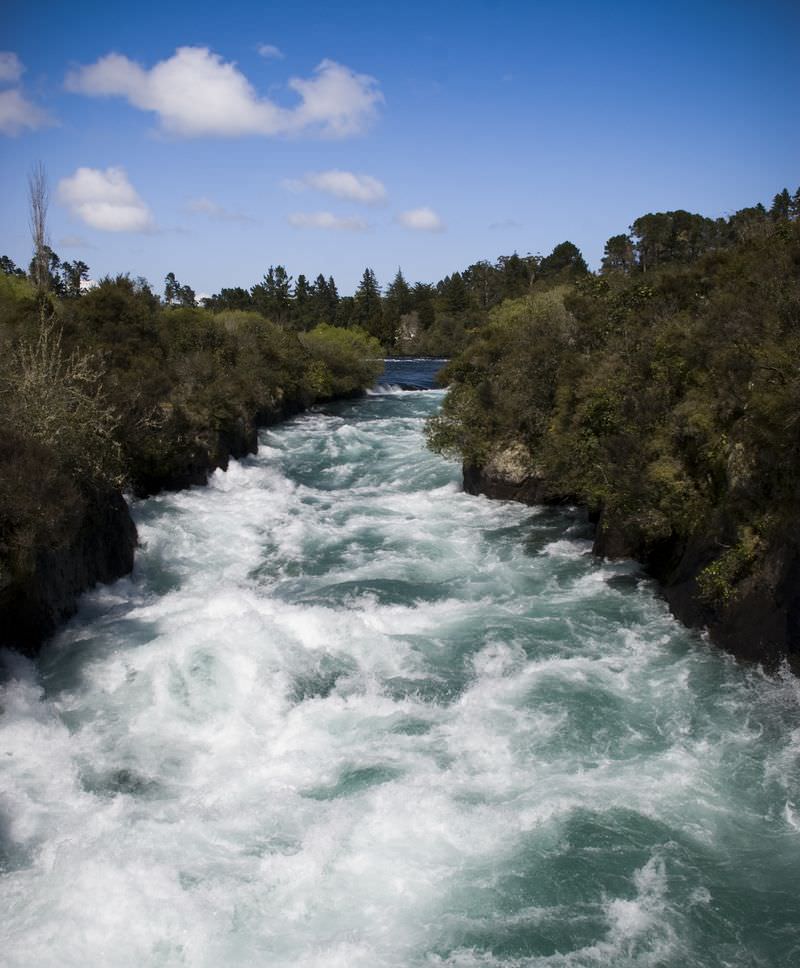5.14: Origin of Species
- Page ID
- 12115
\( \newcommand{\vecs}[1]{\overset { \scriptstyle \rightharpoonup} {\mathbf{#1}} } \)
\( \newcommand{\vecd}[1]{\overset{-\!-\!\rightharpoonup}{\vphantom{a}\smash {#1}}} \)
\( \newcommand{\dsum}{\displaystyle\sum\limits} \)
\( \newcommand{\dint}{\displaystyle\int\limits} \)
\( \newcommand{\dlim}{\displaystyle\lim\limits} \)
\( \newcommand{\id}{\mathrm{id}}\) \( \newcommand{\Span}{\mathrm{span}}\)
( \newcommand{\kernel}{\mathrm{null}\,}\) \( \newcommand{\range}{\mathrm{range}\,}\)
\( \newcommand{\RealPart}{\mathrm{Re}}\) \( \newcommand{\ImaginaryPart}{\mathrm{Im}}\)
\( \newcommand{\Argument}{\mathrm{Arg}}\) \( \newcommand{\norm}[1]{\| #1 \|}\)
\( \newcommand{\inner}[2]{\langle #1, #2 \rangle}\)
\( \newcommand{\Span}{\mathrm{span}}\)
\( \newcommand{\id}{\mathrm{id}}\)
\( \newcommand{\Span}{\mathrm{span}}\)
\( \newcommand{\kernel}{\mathrm{null}\,}\)
\( \newcommand{\range}{\mathrm{range}\,}\)
\( \newcommand{\RealPart}{\mathrm{Re}}\)
\( \newcommand{\ImaginaryPart}{\mathrm{Im}}\)
\( \newcommand{\Argument}{\mathrm{Arg}}\)
\( \newcommand{\norm}[1]{\| #1 \|}\)
\( \newcommand{\inner}[2]{\langle #1, #2 \rangle}\)
\( \newcommand{\Span}{\mathrm{span}}\) \( \newcommand{\AA}{\unicode[.8,0]{x212B}}\)
\( \newcommand{\vectorA}[1]{\vec{#1}} % arrow\)
\( \newcommand{\vectorAt}[1]{\vec{\text{#1}}} % arrow\)
\( \newcommand{\vectorB}[1]{\overset { \scriptstyle \rightharpoonup} {\mathbf{#1}} } \)
\( \newcommand{\vectorC}[1]{\textbf{#1}} \)
\( \newcommand{\vectorD}[1]{\overrightarrow{#1}} \)
\( \newcommand{\vectorDt}[1]{\overrightarrow{\text{#1}}} \)
\( \newcommand{\vectE}[1]{\overset{-\!-\!\rightharpoonup}{\vphantom{a}\smash{\mathbf {#1}}}} \)
\( \newcommand{\vecs}[1]{\overset { \scriptstyle \rightharpoonup} {\mathbf{#1}} } \)
\( \newcommand{\vecd}[1]{\overset{-\!-\!\rightharpoonup}{\vphantom{a}\smash {#1}}} \)
\(\newcommand{\avec}{\mathbf a}\) \(\newcommand{\bvec}{\mathbf b}\) \(\newcommand{\cvec}{\mathbf c}\) \(\newcommand{\dvec}{\mathbf d}\) \(\newcommand{\dtil}{\widetilde{\mathbf d}}\) \(\newcommand{\evec}{\mathbf e}\) \(\newcommand{\fvec}{\mathbf f}\) \(\newcommand{\nvec}{\mathbf n}\) \(\newcommand{\pvec}{\mathbf p}\) \(\newcommand{\qvec}{\mathbf q}\) \(\newcommand{\svec}{\mathbf s}\) \(\newcommand{\tvec}{\mathbf t}\) \(\newcommand{\uvec}{\mathbf u}\) \(\newcommand{\vvec}{\mathbf v}\) \(\newcommand{\wvec}{\mathbf w}\) \(\newcommand{\xvec}{\mathbf x}\) \(\newcommand{\yvec}{\mathbf y}\) \(\newcommand{\zvec}{\mathbf z}\) \(\newcommand{\rvec}{\mathbf r}\) \(\newcommand{\mvec}{\mathbf m}\) \(\newcommand{\zerovec}{\mathbf 0}\) \(\newcommand{\onevec}{\mathbf 1}\) \(\newcommand{\real}{\mathbb R}\) \(\newcommand{\twovec}[2]{\left[\begin{array}{r}#1 \\ #2 \end{array}\right]}\) \(\newcommand{\ctwovec}[2]{\left[\begin{array}{c}#1 \\ #2 \end{array}\right]}\) \(\newcommand{\threevec}[3]{\left[\begin{array}{r}#1 \\ #2 \\ #3 \end{array}\right]}\) \(\newcommand{\cthreevec}[3]{\left[\begin{array}{c}#1 \\ #2 \\ #3 \end{array}\right]}\) \(\newcommand{\fourvec}[4]{\left[\begin{array}{r}#1 \\ #2 \\ #3 \\ #4 \end{array}\right]}\) \(\newcommand{\cfourvec}[4]{\left[\begin{array}{c}#1 \\ #2 \\ #3 \\ #4 \end{array}\right]}\) \(\newcommand{\fivevec}[5]{\left[\begin{array}{r}#1 \\ #2 \\ #3 \\ #4 \\ #5 \\ \end{array}\right]}\) \(\newcommand{\cfivevec}[5]{\left[\begin{array}{c}#1 \\ #2 \\ #3 \\ #4 \\ #5 \\ \end{array}\right]}\) \(\newcommand{\mattwo}[4]{\left[\begin{array}{rr}#1 \amp #2 \\ #3 \amp #4 \\ \end{array}\right]}\) \(\newcommand{\laspan}[1]{\text{Span}\{#1\}}\) \(\newcommand{\bcal}{\cal B}\) \(\newcommand{\ccal}{\cal C}\) \(\newcommand{\scal}{\cal S}\) \(\newcommand{\wcal}{\cal W}\) \(\newcommand{\ecal}{\cal E}\) \(\newcommand{\coords}[2]{\left\{#1\right\}_{#2}}\) \(\newcommand{\gray}[1]{\color{gray}{#1}}\) \(\newcommand{\lgray}[1]{\color{lightgray}{#1}}\) \(\newcommand{\rank}{\operatorname{rank}}\) \(\newcommand{\row}{\text{Row}}\) \(\newcommand{\col}{\text{Col}}\) \(\renewcommand{\row}{\text{Row}}\) \(\newcommand{\nul}{\text{Nul}}\) \(\newcommand{\var}{\text{Var}}\) \(\newcommand{\corr}{\text{corr}}\) \(\newcommand{\len}[1]{\left|#1\right|}\) \(\newcommand{\bbar}{\overline{\bvec}}\) \(\newcommand{\bhat}{\widehat{\bvec}}\) \(\newcommand{\bperp}{\bvec^\perp}\) \(\newcommand{\xhat}{\widehat{\xvec}}\) \(\newcommand{\vhat}{\widehat{\vvec}}\) \(\newcommand{\uhat}{\widehat{\uvec}}\) \(\newcommand{\what}{\widehat{\wvec}}\) \(\newcommand{\Sighat}{\widehat{\Sigma}}\) \(\newcommand{\lt}{<}\) \(\newcommand{\gt}{>}\) \(\newcommand{\amp}{&}\) \(\definecolor{fillinmathshade}{gray}{0.9}\)
How can a river influence evolution?
Imagine a group of small organisms, such as mice, that become separated by a mighty river. This group has now become isolated, and formed two separate groups. The groups are obviously no longer able to breed together. Over many generations, each group will evolve separately, eventually forming two completely new species of mice.
Origin of Species
Macroevolution is evolution over geologic time above the level of the species. One of the main topics in macroevolution is how new species arise. The process by which a new species evolves is called speciation. How does speciation occur? How does one species evolve into two or more new species?
To understand how a new species forms, it’s important to review what a species is. A species is a group of organisms that can breed and produce fertile offspring together in nature. For a new species to arise, some members of a species must become reproductively isolated from the rest of the species. This means they can no longer interbreed with other members of the species. How does this happen? Usually they become geographically isolated first.
Allopatric Speciation
Assume that some members of a species become geographically separated from the rest of the species. If they remain separated long enough, they may evolve genetic differences. If the differences prevent them from interbreeding with members of the original species, they have evolved into a new species. Speciation that occurs in this way is called allopatric speciation. An example is described in the Figure below.
 Allopatric Speciation in the Kaibab Squirrel. The Kaibab squirrel is in the process of becoming a new species.
Allopatric Speciation in the Kaibab Squirrel. The Kaibab squirrel is in the process of becoming a new species.Sympatric Speciation
Less often, a new species arises without geographic separation. This is called sympatric speciation. The following example shows one way this can occur.
- Hawthorn flies lay eggs in hawthorn trees (see Figure below). The eggs hatch into larvae that feed on hawthorn fruits. Both the flies and trees are native to the U.S.
- Apple trees were introduced to the U.S. and often grow near hawthorn trees. Some hawthorn flies started to lay eggs in nearby apple trees. When the eggs hatched, the larvae fed on apples.
- Over time, the two fly populations—those that fed on hawthorn trees and those that preferred apple trees—evolved reproductive isolation. Now they are reproductively isolated because they breed at different times. Their breeding season matches the season when the apple or hawthorn fruits mature.
- Because they rarely interbreed, the two populations of flies are evolving other genetic differences. They appear to be in the process of becoming separate species.
 Sympatric Speciation in Hawthorn Flies. Hawthorn flies are diverging from one species into two. As this example shows, behaviors as well as physical traits may evolve and lead to speciation.
Sympatric Speciation in Hawthorn Flies. Hawthorn flies are diverging from one species into two. As this example shows, behaviors as well as physical traits may evolve and lead to speciation.Summary
- New species arise in the process of speciation.
- Allopatric speciation occurs when some members of a species become geographically separated. They then evolve genetic differences. If the differences prevent them from interbreeding with the original species, a new species has evolved.
- Sympatric speciation occurs without geographic separation.
Review
- Define speciation.
- Describe how allopatric speciation occurs.
- Why is sympatric speciation less likely to occur than allopatric speciation?
| Image | Reference | Attributions |
 |
[Figure 1] | Credit: Hawthorn berries: Brian Clift; Apples: Jennifer C.; Hawthorn fly: Joseph Berger; Composite created by CK-12 Foundation Source: Hawthorn berries: http://www.flickr.com/photos/brianac37/6052521522/ ; Apples: http://www.flickr.com/photos/29638108@N06/7714246618/ ; Hawthorn fly: http://www.invasive.org/browse/detail.cfm?imgnum=5402798 License: Hawthon berries and apples: CC BY 2.0; Hawthorn fly: CC BY 3.0; Public Domain |
 |
[Figure 2] | Credit: From left to right: Allyson Mathis/National Park Service; NASA; Sally King/National Park Service; Composite created by CK-12 Foundation Source: From left to right: http://www.flickr.com/photos/grand_canyon_nps/6171345968/ ; commons.wikimedia.org/wiki/File:Grand_Canyon_autumn_STS61A-48-91.jpg ; bandelier.areaparks.com/parkinfo.html?pid=1789 License: Public Domain |
 |
[Figure 3] | Credit: Hawthorn berries: Brian Clift; Apples: Jennifer C.; Hawthorn fly: Joseph Berger; Composite created by CK-12 Foundation Source: Hawthorn berries: http://www.flickr.com/photos/brianac37/6052521522/ ; Apples: http://www.flickr.com/photos/29638108@N06/7714246618/ ; Hawthorn fly: http://www.invasive.org/browse/detail.cfm?imgnum=5402798 License: Hawthorn berries and apples: CC BY 2.0; Hawthorn fly: CC BY 3.0 |

